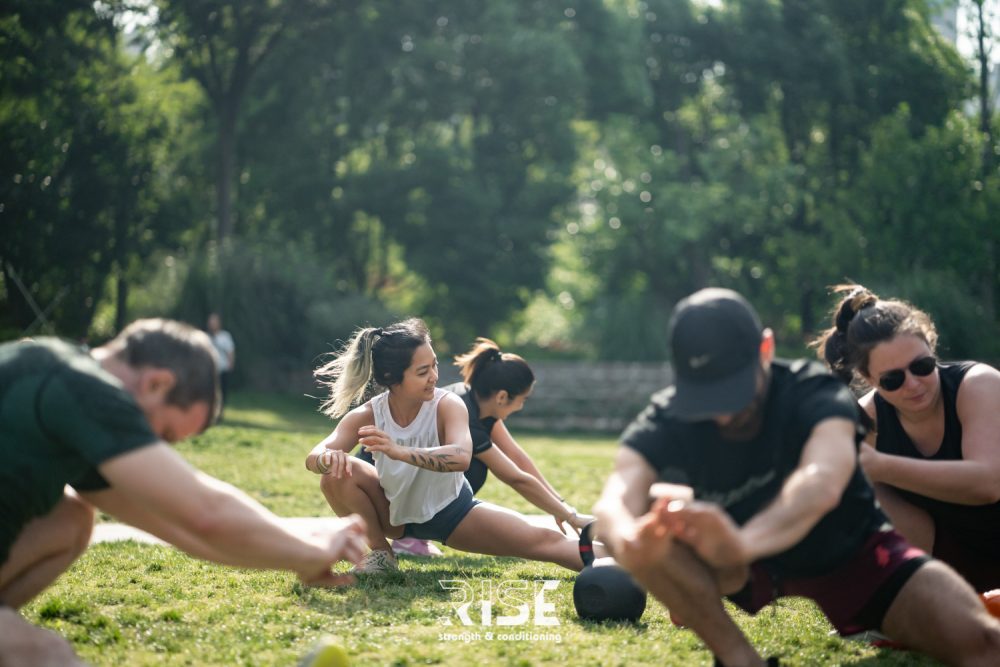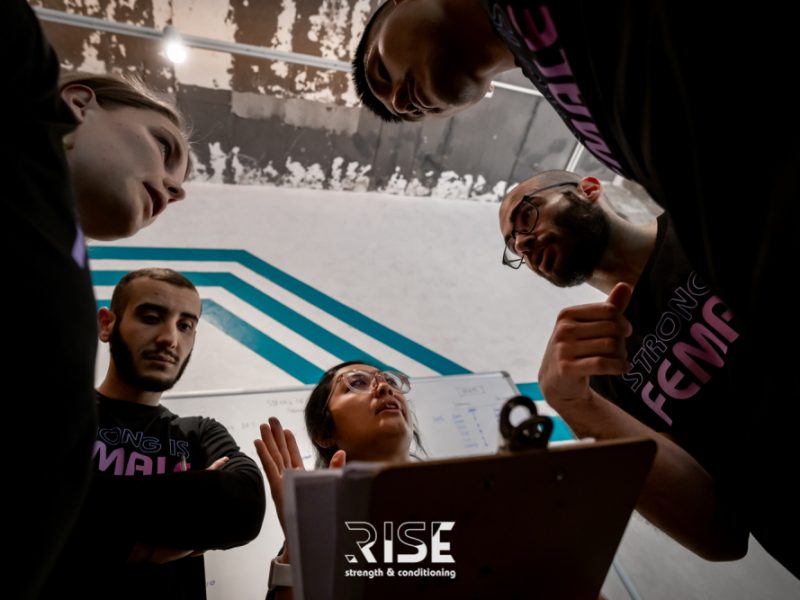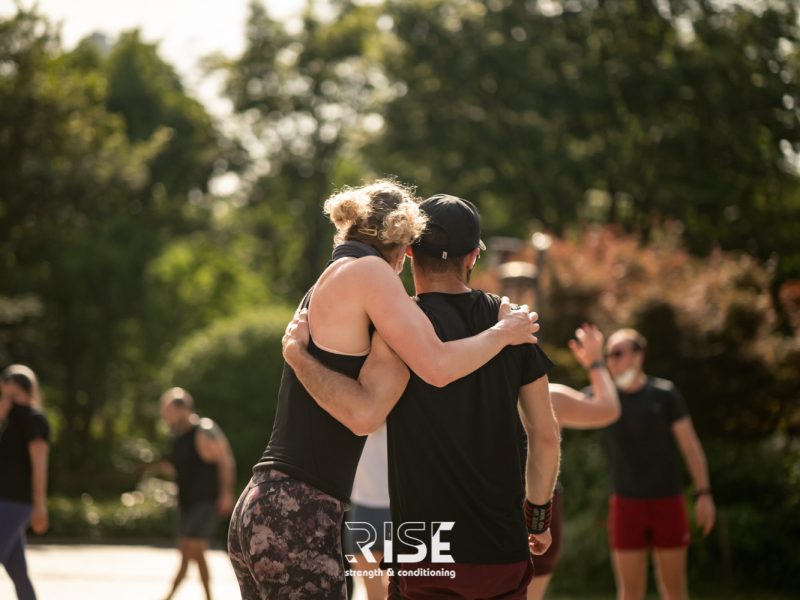It’s become somewhat of a buzzword in our industry lately. Too many people engaged in some form of fitness seem to be deploying functional training exercises in various permutations and combinations, with guarantees of helping you reach the Promised Land bearing chiseled abdominals whilst losing buckets of fat-laden sweat.
Did you know that functional training actually originated in the sports medicine world? The thoughts and exercises developed were meant to rehab athletes and the members of the general population back to health.
I have nothing against losing fat if there is a diagnosed clinical need for it, but I’d like to make a case for prioritizing returning the body back to its optimal state of health and function over trying to achieve the misguided and unattainable ideals of body proportions. The purpose of this article is to give you a simplified explanation of what functional training is, so you can better judge why we do things the way we do. 🙂
In the words of Mark J Pritcher, “Functional training is about a philosophy of training. It is based on strengthening fundamental movement patterns, which have carryover into everyday activity or athletic endeavors.”
Functional training is a means of training our bodies as they would naturally function or move.
What is movement
Think of your body as a collection of joints, muscles, and connective tissues working together in synergy to transfer force up and down to create any form of movement. A breakdown or dysfunction in one of the parts leads to pain or injury.
And while we continue living, we will continue moving. Movement is, therefore, inevitable.
Following this, our goal then becomes to create movement that is pain-free and injury-free. Here is where functional training comes in.
The way we see it, the goal of functional training for health is exercising our bodies to move in the way it was designed to, functionally and purposefully.
The 7 fundamental movement patterns
There are 7 key functional movement patterns in total – those are push, pull, hinge, squat, lunge, core and rotate.
Push
An upper body movement that allows us to push a load away from us or our bodies away from something. Getting up from the ground utilizes the push pattern.
Pull
Another upper body movement that allows us to pull an object toward us or pull our bodies to something. Pulling doors and windows shut utilize the pull pattern.
Hinge
A lower body movement that involves bending at the hips to lift a load off the ground. Hinging is most commonly used when picking objects up from the floor.
Squat
A lower body movement that requires flexion at both the hips and the knees to lower our bodies down toward the ground. We use the squat pattern when getting up from a chair.
Lunge
A lower body movement that requires the movement of one limb at a time, to move our bodies forward or ascend upwards. We utilize the lunge pattern when going up the stairs or climbing mountains.
Core
The core is a combination of all the muscle groups in our torso, most commonly referring to the abdominals and glutes. It serves as the foundation for all movement patterns and supports and stabilizes the torso across all dynamic and static movements. We recruit the core muscles when carrying or standing with heavy loads.
Rotate
A supplementary movement pattern for the core, rotation allows us to move our bodies across the transverse plane. Rotation is used when throwing a ball or changing directions while running.
Functional training programs train movements over muscles.
“There is no emphasis on overdeveloping strength in a particular movement; instead, emphasis is on attaining a balance between pushing and pulling strength and between knee-dominant hip extension (quads & glutes) and hip-dominant hip extension (hamstrings & glutes).” (New Functional Training for Sports, 2016)
In order to achieve integrity across all movement patterns, our training program takes a weekly approach to exercise each pattern consistently and equitably. We employ a mix of predominantly functional exercises in our training approach, because those tend to recruit multiple movement patterns for successful execution, therefore, making them more efficient and effective in developing our functional fitness.
Here’s what a week at RISE looks like –
Monday – upper body push & pull
Tuesday – lower body
Wednesday – full-body strength
Thursday – posterior chain
Friday – full-body conditioning
Saturday – full-body strength endurance (high-intensity)
Sunday – core
Our training philosophy
We curate our programs to cater to the functional demands of our physical bodies.
Build muscle so we can support our joints for daily movement.
Nurture proper movement patterns so that you are moving your limbs through their full range.
Develop your cardiovascular health so that you’re healthier, from the inside out.
Strength is imperative. Mobility is a non-negotiable. Conditioning allows us to live life large.


